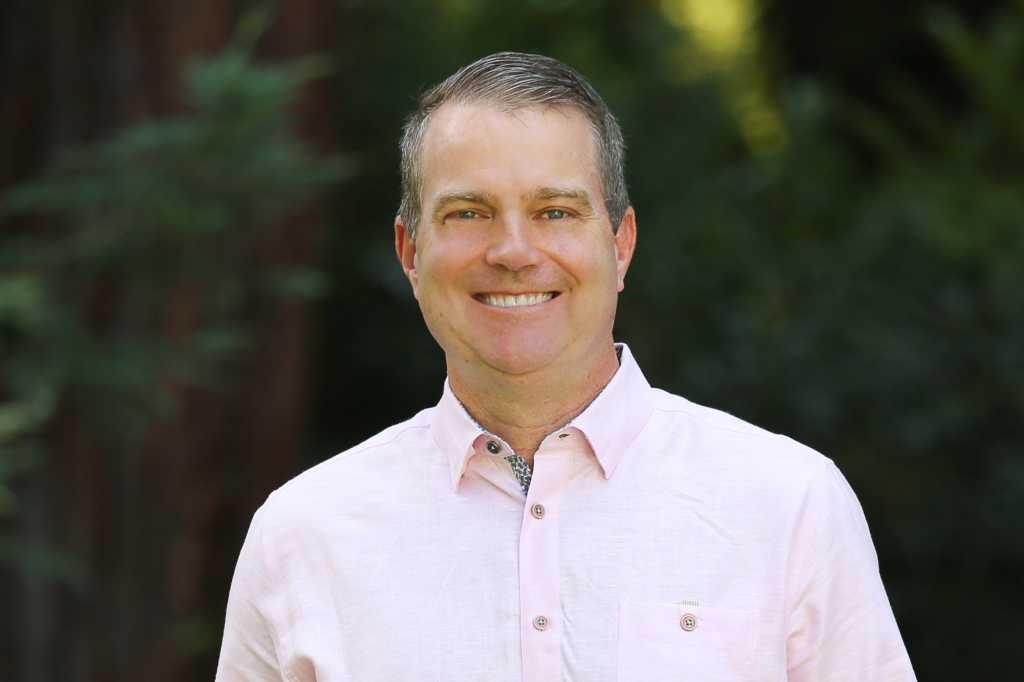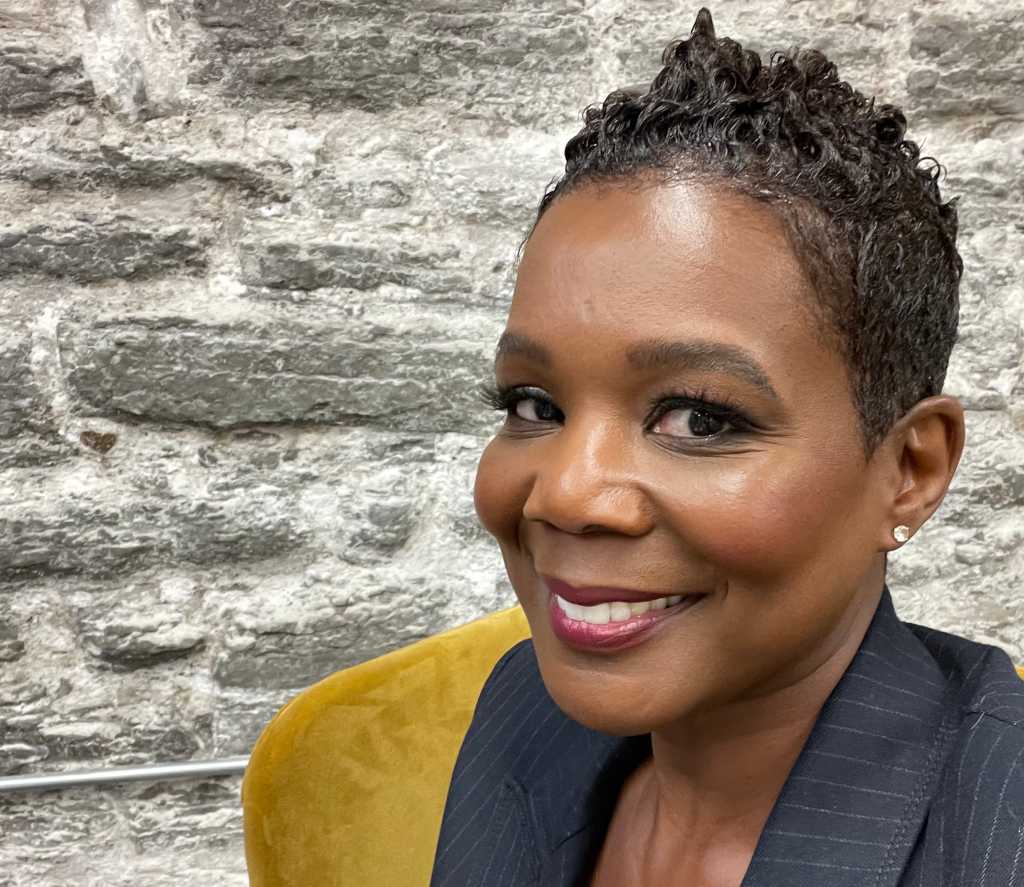- Why I recommend this OnePlus phone over the S25 Ultra - especially at this new low price
- I replaced my laptop with Microsoft's 12-inch Surface Pro for weeks - here's my buying advice now
- This palm recognition smart lock doubles as a video doorbell (and has no monthly fees)
- Samsung is giving these Galaxy phones a big One UI upgrade - here's which models qualify
- 7 MagSafe accessories that I recommend every iPhone user should have
From CIO to CEO: IT leaders rise to the top – CIO

Ross Meyercord never set out to make the leap from technology leader to CEO, but a set of intentional and opportunistic career choices delivered the breadth of business experience and leadership skills required to land the job.
Meyercord parlayed an engineering degree into a two-decade consulting track at Accenture, where a focus on large-scale transformation projects opened the door to the global CIO role at Salesforce during its critical revenue growth period. Logging hours with Salesforce customers left Meyercord well-positioned to branch out into sales leadership at the SaaS giant followed by a stint at Pluralsight, where he served as chief revenue officer.
With a full spectrum of executive leadership roles under his belt and with encouragement from his peer network, Meyercord decided he was primed to vie for a top post. “That’s when it moved from being opportunistic to very purposeful,” says Meyercord, who after a search for the right fit took over the CEO reins last November at Propel Software, a SaaS provider of engineering and product management software. “I didn’t go into the CIO role thinking it was a stepping stone; however, once I was there, I saw it as an opportunity to learn the business from the inside out in a way that’s hard to replicate in any other functional leadership role.”
Ross Meyercord, CEO, Propel Software
Propel Software
The CIO-to-CEO career path — once unthinkable or at best, unlikely — is happening more and more. Wide-scale digital transformation has positioned technology as the center piece of companies’ revenue-generation strategies, both as foundation for delivering and servicing products and as the primary touchpoint for customer engagement. The shift to remote and hybrid work accelerated companies’ dependence on technology as a core business strategy and ultimately, a driver for competitive differentiation. The ongoing changes have cast CIOs on the frontlines of business — not just in a technical capacity, but taking on plus-size leadership roles. According to the 2023 State of the CIO, CIOs are more involved in leading digital transformation initiatives compared to business leaders (84%), serve as change agents (85%), have revenue responsibilities (68%), and partner closely with the CEO and board of directors (77%).
The expanding remit has elevated CIO stature within the organization and delivered a set of leadership skills and experiences more closely aligned with what’s required for the CEO.
“The original CIOs in the 1980s had very little overlap in skill sets with the CEO — they were technical, back office focused, and not market-facing roles,” explains Neal Sample, a board member of several companies and a veteran CxO. “As IT has evolved to become more business-centric and consumer facing, the skills that are important for a good CIO overlap with what’s required for a good CEO.”

Neal Sample
A transferable skill set
Meyercord would certainly make that case. His years in consulting provided rich business context, and his Saleforce CIO tenure helped sharpen leadership, communications, and crisis management skills, not to mention indoctrination into the importance of customer centricity. Meyercord participated in upwards of 100 customer sales calls each year and got a crash course in internal customer satisfaction through a Salesforce program that encouraged employees to freely air grievances, no matter how small. This practice opened up a fire hose of IT-related complaints that Meyercord said would make him break out in a cold sweat worrying about what might need fixing each day.
“The exercise taught me how to take a customer-first mindset to rethink your own operation and service delivery to drive different outcomes,” he explains. “That has served me incredibly well.”
Today’s CIOs play more of a general manager role, Meyercord adds, with IT leaders focused not just on crafting great IT architecture and strategy, but also on hiring, building, and nurturing teams, understanding the finances of the department, and putting out fires on an ongoing basis. This reinterpretation of the role and the new competencies it nurtures continue to close the gap between what’s required to be effective as CIO or CEO.
“CIOs are often dealing with a three-ring circus, and their ability to context shift, prioritize, and keep things moving along in an orderly fashion are skills that are incredibly transferable to the CEO role,” Meyercord contends. “The problems are different, but the skill set of triaging between long-term and short-term problems is key.”
The CIO role is also fertile ground to build negotiation and partnership acumen — both critical for effective CEO stewardship. Technology leaders need to operate with financial discipline and develop rigor for managing through influence, notes Sample. For example, tech leaders often aren’t the decision makers, rather make recommendations to business partners that own the budget while negotiating with systems integrators or other third parties. The 2023 State of the CIO underscored that point, with more than half (55%) of IT leader respondents confirming they proactively identify business opportunities and make technology and provider selection recommendations.
Sharon Kennedy Vickers said her four-plus years as CIO for the City of St. Paul, Minn., was instrumental in preparing her to take the CEO leap, particularly as it relates to developing strong leadership and people skills. As a city government CIO, a big part of the job was devoted to developing teams, managing relationships with peers, and understanding what it takes to serve people in the community — all proficiencies now central to Kennedy Vickers’ latest role as CEO of Software for Good. The software agency places talent to work with cities, public sector, and corporate clients on all aspects of digital business, including software engineering, product strategy, UX design, and technology assessments. The common thread is clients focused on initiatives that have a positive social impact, Kennedy Vickers says.

Sharon Kennedy Vickers, CEO, Software for Good
Software for Good
Kennedy Vickers says her time as CIO helped develop an understanding of the business in a way not possible with comparable executive roles. “As CIO, you get a broad view of the business while other senior leaders are focused on their own particular vertical,” she explains. “Being able to tie digital strategy to the vision of the organization and deliver and execute with a level of precision and excellence when it comes to technology — those are very transferable skills to serve as CEO.”
Becoming CEO was not something Kennedy Vickers ever envisioned, yet a series of health challenges shifted her focus to seek out work better aligned to her core values and purpose. When the Software for Good opportunity came around, Kennedy Vickers jumped at the chance, with the knowledge that this next chapter wouldn’t be feasible without the experiences gleaned from the CIO track.
“This was not something I was looking to do — it was something that found me,” she says. “But all the things I learned as a CIO prepared me to be able to take on this role.”
Stepping up to the big seat
While the modern CIO is developing skills and experience closely mapped to the top spot, not every CIO wants or is cut out to make the transition. For Kevin Hart, CEO was always the goal, and he took a very premediated path, informed by a one-page career map of five-year increments created in high school and updated throughout the years. Hart leveraged CIO, CISO, CTO, and consulting positions to accelerate his trajectory and was named CEO of Segra, a fiber networking company, last year. There were plenty of personal sacrifices made along the way, including moving his family over 20 times throughout the course of his career.

Kevin T. Hart, CEO, Segra
Kevin T. Hart / Segra
For would-be CIO-to-CEO candidates, Hart and his counterparts provide a reality check before making the leap:
The complexity of the big chair is exponentially higher. Being the head of the tech domain is multifaceted and complex, but the complexity quotient for CEOs is an order of magnitude higher. Parts of the job appear similar, but the scale of decisions, authority, and interactions vary widely and are bigger and broader in scope, Hart says.
Like CIOs and CTOs, CEOs are on call 24/7, but the nature of situations requiring their intervention is drastically different, which can be energizing for some IT leaders and draining for others. There is a constant need to make tough decisions about strategy, growth, cost cutting, and innovation so finding mentors to use as a sounding board is a great technique to ensure clear thinking, he adds.
“When the rubber hits the road, the decision comes down to you as CEO whereas in the CIO role, you typically have six or seven other C-level people with great opinions and you’re just trying to moderate and find middle ground,” Hart says.
Political savvy is required. CIOs are accustomed to dealing with multiple stakeholders, but as CEO, the mandate is more expansive, including engagement with investors, customers, partners, and potentially, politicians, depending on the industry and regulatory requirements.
“You have a much broader panorama of stakeholders as CEO because you go from internal to external,” Hart says. “Working on those skills and becoming comfortable in those settings is important for those trying to prepare for the next level.”
Cultivate an appetite for risk. CIOs and even CIO-plus executives devote a lot of time to helping the organization manage risk, whether that’s ensuring programs are completed on time or on budget or following through on an initiative to save money or hit revenue targets. But that’s different than a CEO who needs to be willing and able to take and manage risk on their own. “It’s the difference between being a risk manager and risk taker,” Sample says. “You have to develop trust with the business and have the personal confidence to set direction, not take direction.”
Competitive fire is a must. Hart credits his early athletic background and time spent as a player as a motivator throughout his career. “The high-tech industry in the United States and globally is one of the most competitive sports in the world,” he says. “That requires competitive fire — staying on your toes, thinking ahead, challenging yourself and your teams, and focusing on winning, whatever that means in your context.”
Sample advocates for a “test and learn” approach to get to the next level, whether the goal is the CEO seat or another CIO plus-size role. Taking a board position, running an innovation center, or building a digital-first product are solid avenues for expansion. “There are a lot of ways to add more to your plate to serve as a proof point that you’re ready for more,” he says. “Ask and do more, perform excellently at those opportunities, and if all goes well, you’re a good candidate. If not, take a step back, figure out what’s not working, and move forward.”

